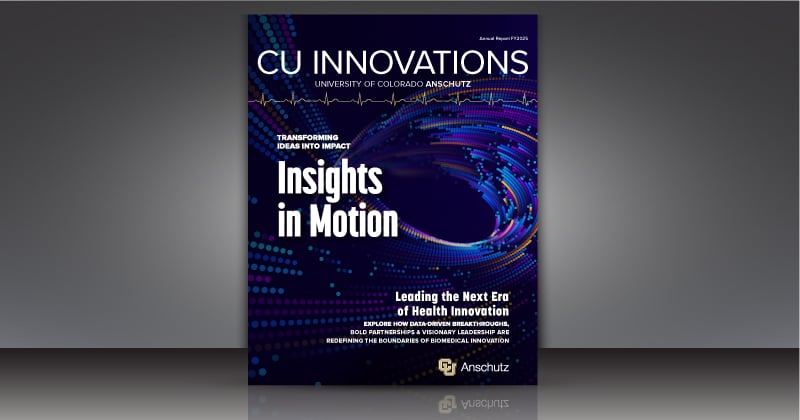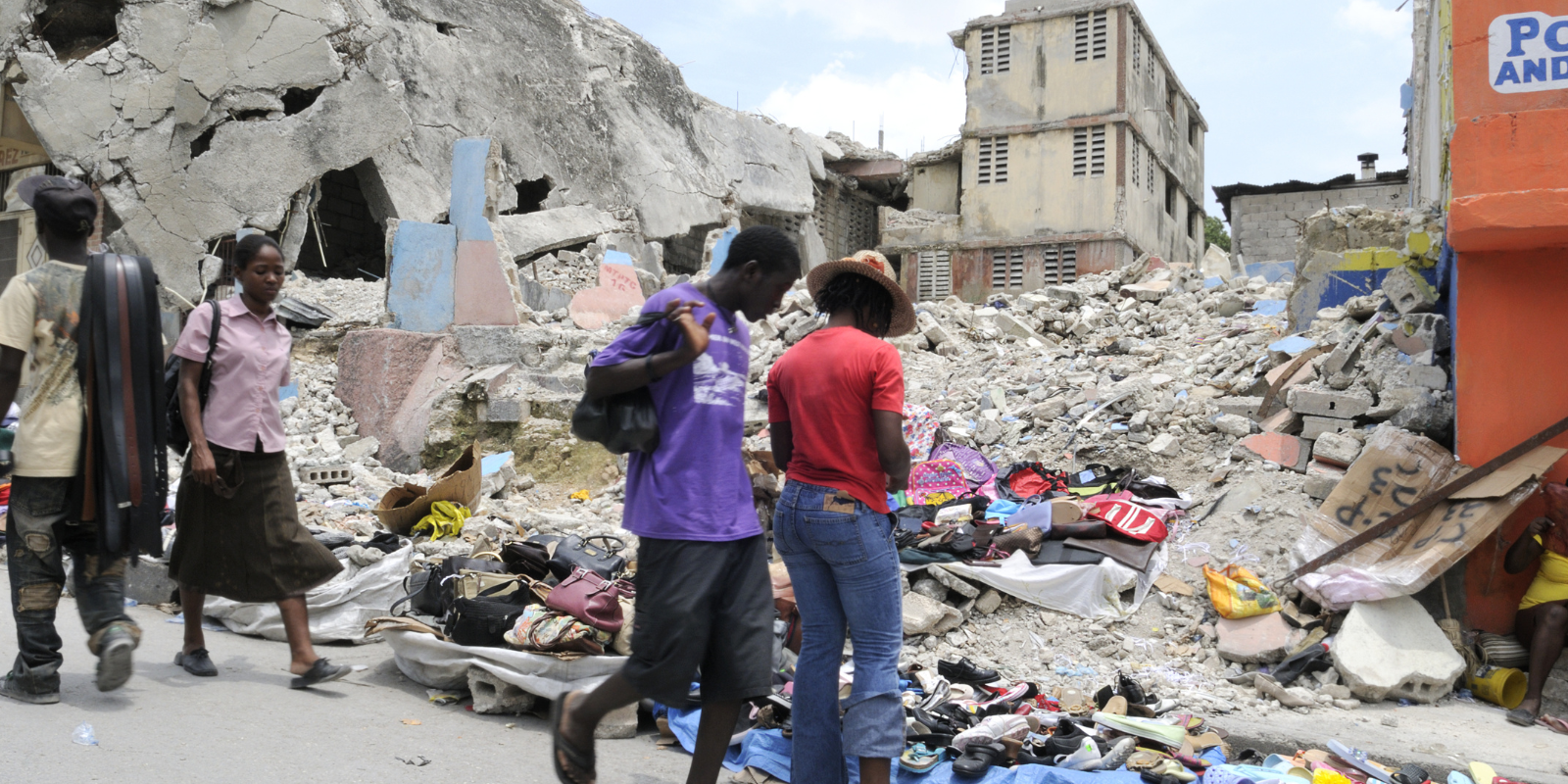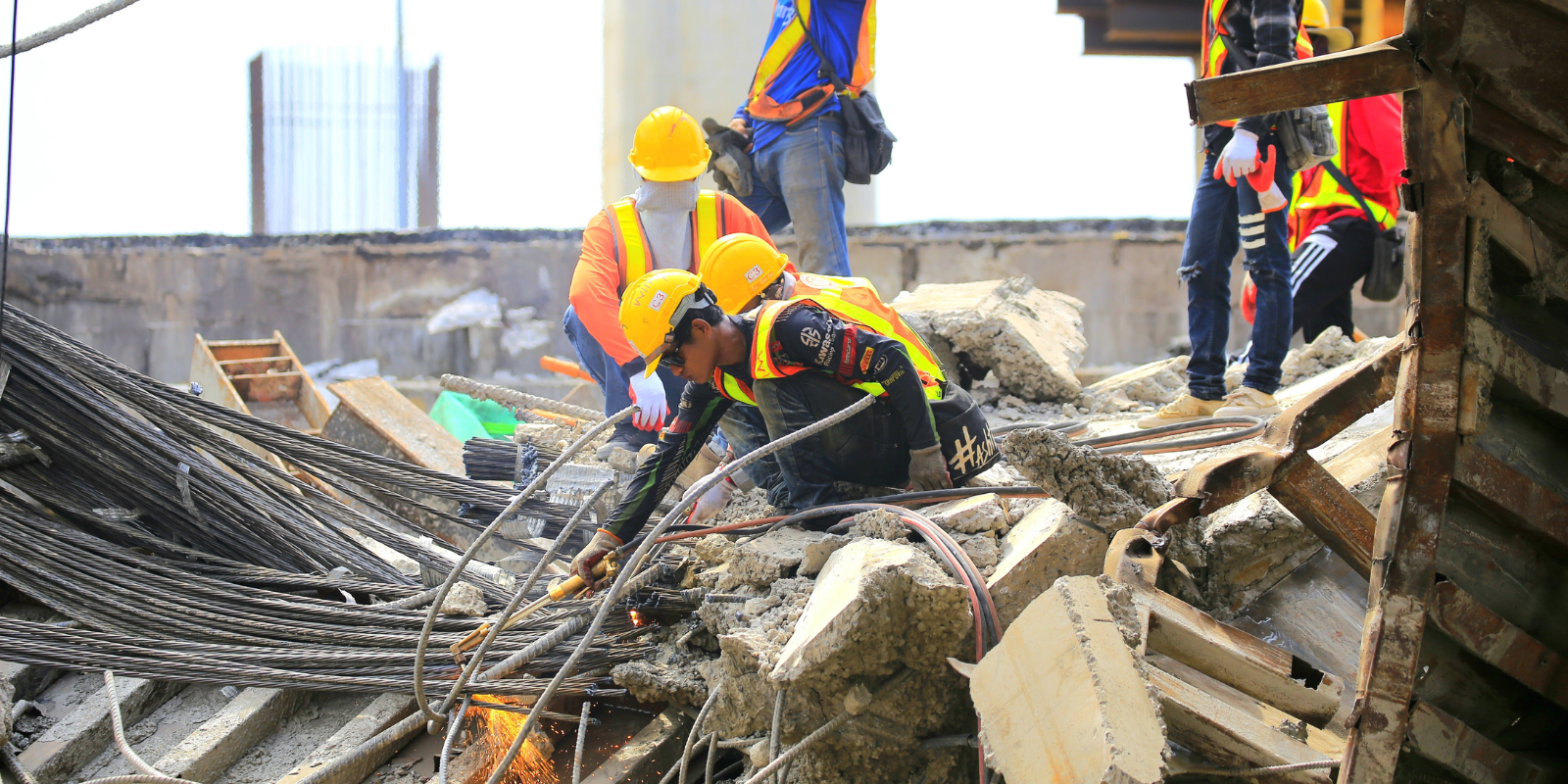After working for years out of a “temporary” army barrack built in 1938, the University of Colorado Anschutz Medical Campus Police Department will soon move into a 26,000-square-foot building on the northeast corner of campus. The new, solar-powered Campus Safety & Security Building is slated to become the first Net Zero Energy building at any of the four CU campuses.
If You Go: Open House
When: 2 p.m. to 4 p.m., Tuesday, April 25 (dedication ceremony from 2 p.m. to 2:30 p.m.)
Where: Campus Safety & Security Building, 13309 E. 17th Place (17th & Victor)
What: A behind-the-scenes look at the Police Department’s new building. The event will feature free food, police training demonstrations and remarks from Chancellor Don Elliman and other university officials. A self-guided tour inside will include stops at a use-of-force simulator, dispatch center, electronic security demonstration, emergency management services and more. |
A Net Zero Energy designation means that the annual amount of energy consumed by the facility will be offset by onsite renewable energy generation. Some of the building’s features include a state-of-the-art HVAC system, efficient thermal envelope and lighting controls to reduce costs.
The CUPD will host an open house on April 25.
Space grows with multi-service department
“We are pleased to share our new home with the campus community,” said CU Anschutz Police Chief Randy Repola. “We hope for a great turnout at the open house because we want our students, faculty, staff and visitors to see what we do and foster dialogue on how we all can work together to create a safe campus environment.”
The Police Department is a full-service agency whose 29 armed officers receive the same state-mandated training as their city police officer counterparts. The department also offers security escorts, vehicle jump-starts, door openings for those who have locked themselves out of their office, access control for all buildings, security badging and classes on active harmer response and other emergency skills.
The Police Department has occupied the former Fitzsimons Army Medical Garrison Building 407 since 2004, when it moved its operations from the CU Health Sciences Center campus in Denver. Over the past two decades, the Police Department has grown and taken on additional divisions: Electronic Security, Support Services and Emergency Management.

The main door of the new CUPD headquarters. |
Project brings new life to old building
Groundbreaking on the Campus Safety & Security Building began in fall 2021 at the site of a former one-story Army vivarium that had only been used by CU Anschutz for storage purposes. While a Facilities Master Plan once called for its demolition, it found new life with this project.
The design-build team of Saunders Construction Inc. and AndersonMasonDale Architects added a second story to the vivarium and expanded the footprint nearby with new construction. The adaptive reuse significantly reduced both the project cost and carbon impact on the environment.
“Chancellor Elliman and I are thrilled about this new facility,” said Terri C. Carrothers, executive vice chancellor for administration and finance. “We appreciate our CU Anschutz Police and emergency teams and all the stellar work they do to keep the campus safe for our students, faculty, staff and visitors 24/7/365. We are proud of their compassionate and professional work in support of the important activities on our campus.”
The new building will allow CUPD to house almost all its employees in one location (the Security Badging Office will remain in the Fitzsimons Building). In addition to having a fully code-compliant and sustainable facility, other upgrades include an on-site training facility, secure parking, fitness room, locker room and state-of-the-art dispatch center.
“We appreciate the campus’ support in providing us a beautiful and functional facility that will help us recruit and retain staff and give us room to grow for future needs,” Repola said. “All of this ultimately helps us maintain a safer campus community.”
Guest contributor: Ryan Huff, University Police communications



